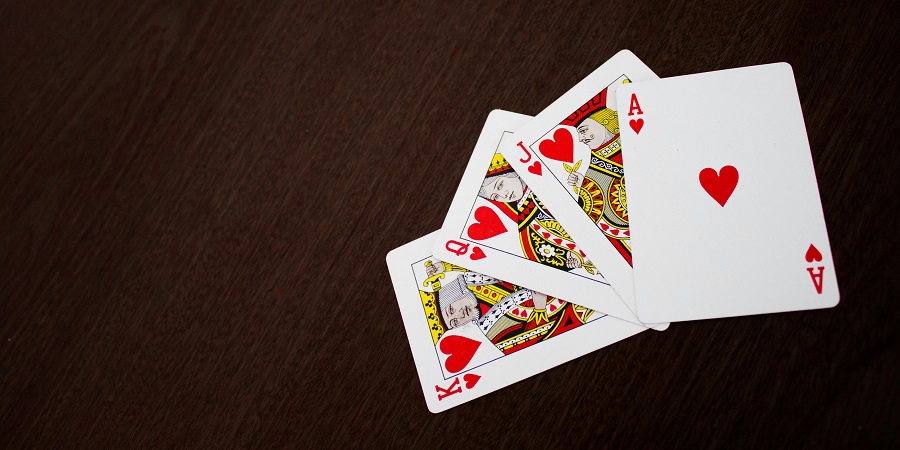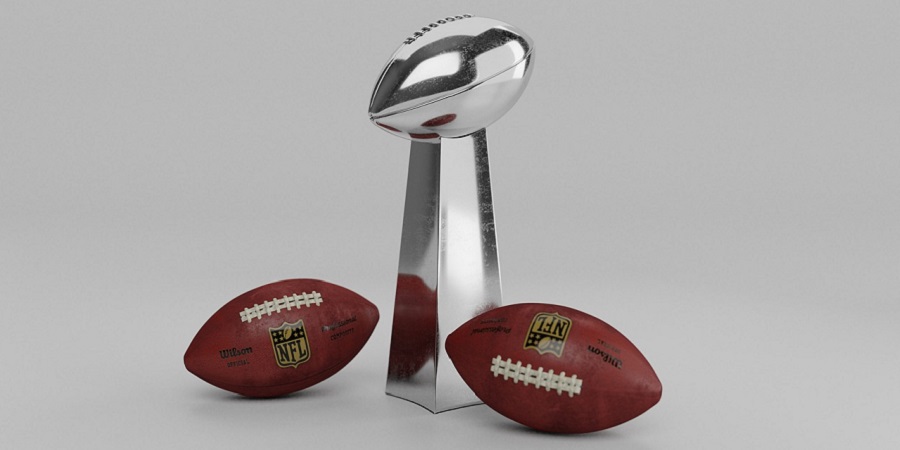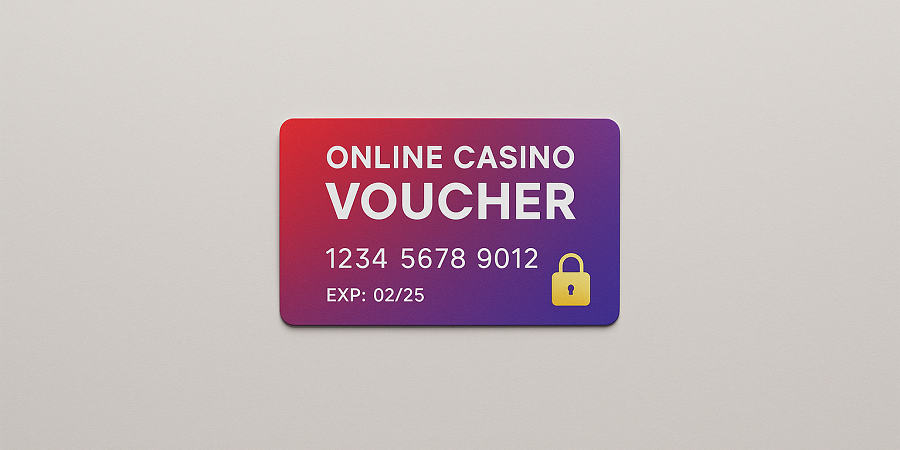Good betting isn’t fortune-telling. It’s price-hunting. You’re not just asking “who wins?” but “what’s the fair price, and is the market off?” That gap, where your number says an outcome is more likely than the sportsbook implies, is value. Implied probability is the quickest way to see it in plain percentages. And if you want to go straight the the point, check out some amazing and detailed sport betting tips on MathOdds here : MathOdds.co
What is implied probability?
Implied probability turns odds into “bookmaker says this happens X% of the time.” Once you have that number, you can compare it to your own estimate.
- Decimal odds: implied % = (1 ÷ odds) × 100. Examples: 2.00 → 50%, 2.50 → 40%, 1.80 → 55.6%.
- American odds: +A → 100 ÷ (A + 100) × 100; −A → A ÷ (A + 100) × 100. Examples: +150 → 40%, −120 → 54.6%.
- Fractional odds (a/b): implied % = b ÷ (a + b) × 100. Examples: 5/2 → 28.6%, 1/2 → 66.7%.
Need a quick helper? Try MathODDS’ probability widget : there’s a fractional-odds converter built in.
Finding value: the two-number test
Step 1: Make your number. Say you think Team A wins 60% of the time. Step 2: Read the market. Odds of 2.10 imply 47.6%. Step 3: Compare. Your edge is 60 − 47.6 = +12.4 percentage points. That’s value.
Want the expected value (EV) per $1 at 2.10? Profit on a win is 1.10. EV = 0.60 × 1.10 − 0.40 × 1 = +0.26 (+26%). You won’t cash every time; you’re aiming to be consistently right about the price, so the wins you do hit pay appropriately.
Counterexample: If the odds are 1.70 (58.8% implied) and you rate it 55%, there’s no edge. Pass. Passing is a position.
Make better probabilities (without a PhD model)
- Start with the obvious: injuries of course, suspensions, travel fatigue, rest days, weather (outdoors), and basic matchups.
- You have your external narratives as well : birthdays narrative, your playing near the hometown narrative even baby incoming narrative !
- Add signal, trim noise: pace, offensive/defensive efficiency, shot quality, set-piece/special-teams strength, coaching tendencies.
- Context matters: back-to-backs, altitude, cross-country trips, and motivation (resting starters, playoff clinches).
- Sanity-check your edge: compare several books. If you’re miles off the consensus, find out why before you bet.
- No time to model? Use probability-driven previews and tips (e.g., MathOdds) as inputs, not gospel.
Why this step changes everything
Converting to probability kills “looks good” traps. It forces one question: “Do I truly think this happens more often than the price says?” That mindset turns hot takes into measured wagers and keeps you from paying hidden vig tax on hunches.
Rules of thumb that save bankrolls
- Always convert the price before betting.
- Demand a cushion: target at least 2–3 percentage points of edge to beat noise and vig.
- Stake a fixed unit (1–2% of bankroll). No “double to get even.”
- Track your bets and the closing line. Beating it over time is a green flag.
- Parlays are dessert, not dinner.
- If you can’t explain a bet in one sentence, skip it.
Bottom Line
Turn odds into a percentage, compare it to your own number, and only fire when there’s daylight. Do that with steady staking and you’ll stop guessing winners and start buying good prices : the habit that actually moves your long-term results.









